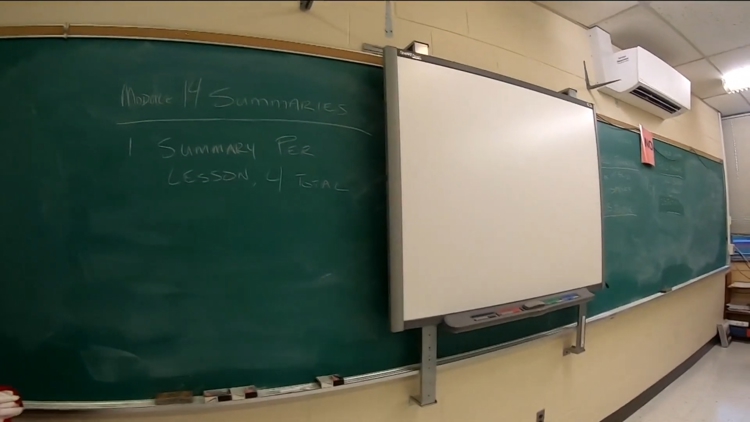Keeping Schools Cool in a Warming Climate

As cities across the Midwest and south face extreme heat, the challenge of keeping schools cool in a warming climate has become a pressing concern for climate experts.
With the start of a new school year, the impact of lingering summer heat is still being felt in many areas. The demand for air conditioning in schools and buildings has increased significantly over the past few decades, with 95% of the U.S. experiencing a rise in this demand since 1970, according to a recent study by Climate Central.
University of Arizona climate scientist Joellen Russell emphasizes the importance of finding solutions to this issue before it escalates. Research has shown that hotter school years can lead to reduced learning outcomes, with even a 1-degree increase in temperature associated with a 1% drop in test scores. Air conditioning can help mitigate the negative effects of heat on learning.
Children are particularly vulnerable to heat-related health issues, especially during the summer months. Average temperatures in the continental U.S. have been on the rise since 1901, posing additional challenges for schools and students.
Russell points out that hotter days can impede learning, particularly at the end of one school year and the beginning of the next. Providing adequate cooling and safety measures in schools is essential, but it comes at a cost. Investments in solutions like air conditioning, insulation, and renewable energy sources are crucial to ensuring a safe and comfortable learning environment.
Extreme heat not only affects academic performance but also poses risks to student-athletes. Russell highlights the need for innovative solutions like solar panels on playgrounds to provide shade and help power schools. While subsidies are available for schools to improve cooling systems, the financial burden of these upgrades remains a challenge.
As we grapple with the impacts of climate change, reducing carbon emissions and investing in sustainable solutions are crucial. By working together to address the challenges of heat in schools, we can create a safer and healthier environment for future generations.




